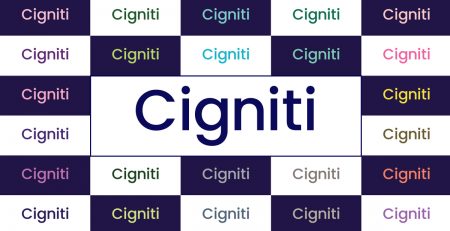Emerging significance of QA & QE in Government sector projects
The pressure to perform competently is building equally on the government and the public sector. Consumers are looking at efficiency and better experience across every facet through the day to day activities. Additionally, government has pressures to deliver large scale projects that involve huge investments and major reputation risks. There is a growing need to ensure quality and deliver excellence across key sectors such as aerospace, infrastructure, defense, Energy and utilities, and much more. Hence, the focus is shifting on ensuring quality for the IT systems that will enable functional efficiency and ensure desirable experience. Let’s see how Quality Assurance and Quality Engineering is enabling the process for Government sector projects.
Why QA and QE is so critical for the Government sector?
Today, governments are shifting to smaller and multiple vendors to deal with IT and Software Testing issues. This phase of Digital Transformation is also changing the dynamics for government organizations, where there is constant stress to build robust applications that are not only appealing, but also ensure a secure interface. For instance, utility services applications are loaded with sensitive consumer related data, if exposed, can result in major risks. Robust Quality Assurance strategy is indispensable to not only validate the experience delivered by the application, but also to deliver a secure interface under any unforeseen situation.
Government initiatives are expected to deliver comfort, convenience, and service quality similar to the private sector. Hence, institutions are driven by the need to serve the citizens better and even resolve any unforeseen glitches in service quickly. For instance, in some cases even inadequate service or insufficient support from a government body can impact functioning of a private sector entity as well.
This emphasizes the need to build robust structural framework and interface even for government IT systems. Additionally, with convergence of platforms and technologies, it has become absolutely critical for government institutions to ease access to information.
This requirement has amplified the need for QA and QE within the government’s IT and ICT systems. However, it has been observed that government organizations do not have a well-equipped and skilled in-house testing and QA facility. Another challenge occurs when the new-age applications have to be merged within the legacy system. This results in major integration issues and functional hiccups that the QA teams need to deal with on a recurring basis.
How can QA and QE bring value for the Government and Public sector?
Digital Transformation and Digital Technologies are changing the overall consumer landscape in terms of choices and preferences. Hence, there is pressure to perform and stay updated throughout the consumer lifecycle. Let’s look at the core value that QA and QE can bring for government projects as well as institutions.
Methodologies that will bring stability for the Applications
Digital services testing is a much needed aspect today in the overall application building strategy, which comprises agile software delivery governance and monitoring task. This involves various testing methodologies such as DevOps software delivery enablement and automated continuous quality solutions. These methodologies not only bring agility in the development and testing process, but also ensure that the application remains stable irrespective of the hiccups in its environment. Moreover, it helps to further enhance the application’s intelligence and analytical capabilities as per the user’s expectations and preferences.
Keep enhancing Digital Performance of the applications and IT systems
User experience testing, Mobile Testing, Market Testing, and Sentiment Analysis form a critical aspect of the overall Digital Performance Management strategy. This will help government offices to understand the pulse of the consumer and build their services and strategies accordingly
Moreover, it is getting critical for all kinds of enterprises and organizations to know about the market challenges and various ruling dynamics to build their services and products in line with it. UAT management across various interfaces helps organizations to conduct new implementations, upgrades, and migrations.
Ensures external vigilance and governance of the IT system
An independent QA team ensures that there is a constant check and balance on the process, which helps to identify the problem early and effectively. In this way, the projects are checked much early in the process for any hiccups or glitches. This not only helps to save time towards the end, but also supports to bring down the budgets. Eventually, more and more automation in testing enables teams to bring added efficiency to the testing and software development activity.
Cigniti’s Quality Engineering services cover the Software Testing Life cycle, Test Consulting and Test Advisory services, Test Implementation, and Managed Testing services including Test Environment Management and Test Data Management. Leveraging process frameworks, methodologies, and tools, we help customers across various industries achieve first-time-right solution releases, quality improvements, and deliver a superior customer experience.
In addition to Testing Centers of Excellence specializing in areas such as automation, Performance Testing, and Test Data Management, we at Cigniti have industry focused Testing Centers of Excellence on Healthcare, Banking, Retail, Financial Services, Airlines, Insurance and many other verticals.
Our investments into building intellectual property, assets, frameworks, and platforms around software testing ensure that you get benefitted from a highly accelerated product development and release cycle. Connect with us to ensure excellence in for your Testing initiatives.





Leave a Reply